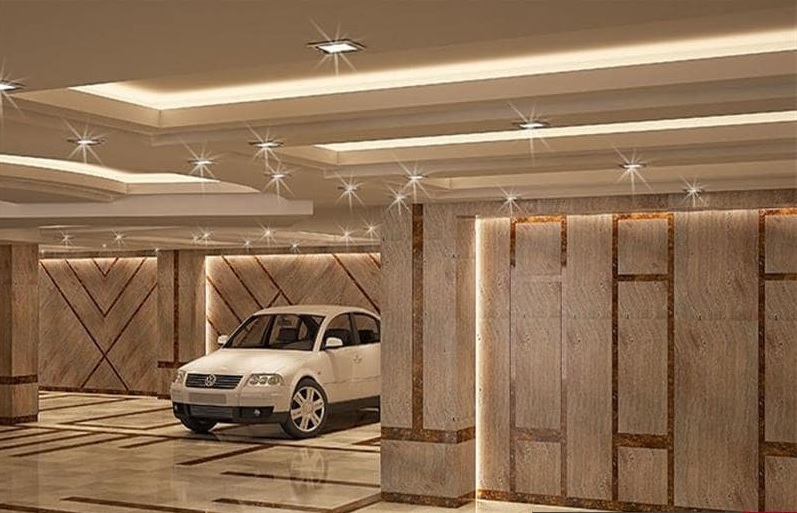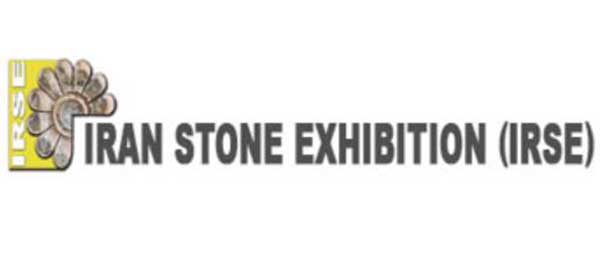For a list of manufacturers of travertine stone manufacturers such as Abbas Abad, Haji Abad, the cream color from “Tarq mine “ and more , you can see the products section of the site.
Travertin is a type of porous limestone that is one of the ornamental rocks.
It is a remnant of mineral water deposits in caves or hot springs, or from sediments of seas and rivers that are seen as relatively large zones.
Contents:
1 Appearance
2 Properties
Uses
Appearance: Travertine has a variety of colors and stripes texture created by the presence of iron, calcium and other impurities.
It is available in yellow, brown, red, and lemon, gray, black and white. Occasionally travertine rocks randomly have shale or without shale.
Properties: Travertine has thermal and acoustic insulation properties due to its cavities. Travertine stone has an acceptable strength.
This stone can be cut in two forms: undulating and without undulating.
Travertine has pores and holes that must be filled during processing. The presence of a travertine cavity causes the cement mortar to penetrate the cavities during the installation of the stone and prevent the stone from falling.
The big disadvantage of travertine rocks is the lack of one-color paintings and designs, and the other disadvantage is that they are loose and muddy, for example if the stone is wet and reaches an instant freezing temperature, the stone will be crushed. So in factories, they cover the cracks on the rock.
Uses: Travertine can be used for interior and exterior facades as well as for paving.



